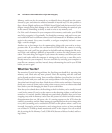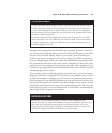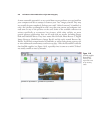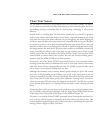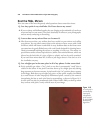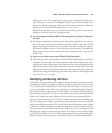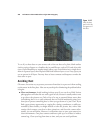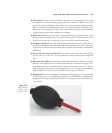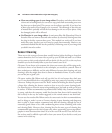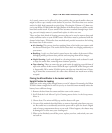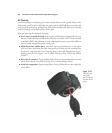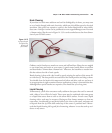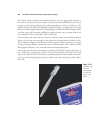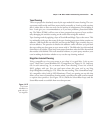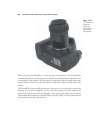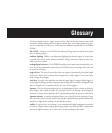■ Clone out existing spots in your image editor. Photoshop and other editors have
a clone tool or healing brush you can use to copy pixels from surrounding areas over
the dust spot or dead pixel. This process can be tedious, especially if you have lots
of dust spots and/or lots of images to be corrected. The advantage is that this sort
of manual fix-it probably will do the least damage to the rest of your photo. Only
the damaged pixels will be affected.
■ Use filtration in your image editor. A semi-smart filter like Photoshop’s Dust &
Scratches filter can remove dust and other artifacts by selectively blurring areas that
the plug-in decides represent dust spots. This method can work well if you have
many dust spots, because you won’t need to patch them manually. However, any
automated method like this has the possibility of blurring areas of your image that
you didn’t intend to soften.
Sensor Cleaning
Those new to the concept of sensor dust actually hesitate before deciding to clean their
camera themselves. Isn’t it a better idea to pack up your D7000 and send it to a Nikon
service center so their crack technical staff can do the job for you? Or, at the very least,
shouldn’t you let the friendly folks at your local camera store do it?
Of course, if you choose to let someone else clean your sensor, they will be using meth-
ods that are more or less identical to the techniques you would use yourself. None of
these techniques are difficult, and the only difference between their cleaning and your
cleaning is that they might have done it dozens or hundreds of times. If you’re careful,
you can do just as good a job.
Of course vendors like Nikon won’t tell you this, but it’s not because they don’t trust
you. It’s not that difficult for a real goofball to mess up a camera by hurrying or taking
a shortcut. Perhaps the person uses the “Bulb” method of holding the shutter open and
a finger slips, allowing the shutter curtain to close on top of a sensor cleaning brush.
Or, someone tries to clean the sensor using masking tape, and ends up with goo all over
its surface. If Nikon recommended any method that’s mildly risky, someone would do
it wrong, and then the company would face lawsuits from those who’d contend they
did it exactly in the way the vendor suggested, so the ruined camera is not their fault.
You can see that vendors like Nikon tend to be conservative in their recommendations,
and, in doing so, make it seem as if sensor cleaning is more daunting and dangerous
than it really is. Some vendors recommend only dust-off cleaning, through the use of
reasonably gentle blasts of air, while condemning more serious scrubbing with swabs
and cleaning fluids. However, these cleaning kits for the exact types of cleaning they
recommended against are for sale in Japan only, where, apparently, your average photo-
grapher is more dexterous than those of us in the rest of the world. These kits are sim-
ilar to those used by official repair staff to clean your sensor if you decide to send your
camera in for a dust-up.
David Busch’s Nikon D7000 Guide to Digital SLR Photography482



